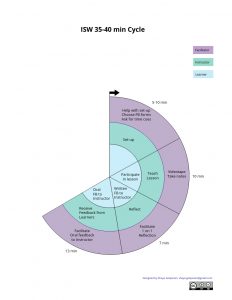How do we begin building group dynamics in the small or large group? Facilitators have shared with me some great ice-breakers and have left the supplies in the grey drawer:
a. Throwing ball competition (from Shaya and Emily bought the plastic balls): This is for the small group. You divide the mini-group into 2 and each group is one one side of the room with an imaginary line between the two. In 1 minute, each team will throw the balls to the other group (you get to time this activity). After the minute is over, the winner will have the least number of balls on their side.
b. Knots (from Kieran and the supplies are in the set up is already done): This is for the large group. You divide the large group into 3 (4 participants in each table). There will be four cups on the table and the participants has to use an orange string (each person holds one side of the string) to maneuver the cups in a certain pattern – i.e. as a row, stack up after another, or pyramid. The winning team will finish the task first.
c. Story-telling (Cole and Serb): This is for the small group. Each person gets to pick one word to write down on a piece of paper. A snowball fight begins and each individual receives one piece of paper. As a group, a story has to be formed as each individual contributes one/two sentences using the word they have picked.
d. Charades (Kieran): This is for the small group. The group is divided into two and each group 'presents' together. In the group of three people, two people will act out what is written on the powerpoint slides (i.e. Kolbs Cycle) and the other individual has to guess the word written.
e. Ninja (Deb, Kyle, Jeff): This is for the small group. Each individual gets one 'action' – to block/attack the other person using their arms. This is done in quick succession and the winner is the person who isn't 'hit'.
f. How would you describe me in 3 words (Rowshan): This is for the large group. Each person has a piece of paper and they will talk to 3 other individuals. When each chat is done, they will write 3 words to describe the individual.
As with any activity, these will require modifications based on the participants and grouping.
